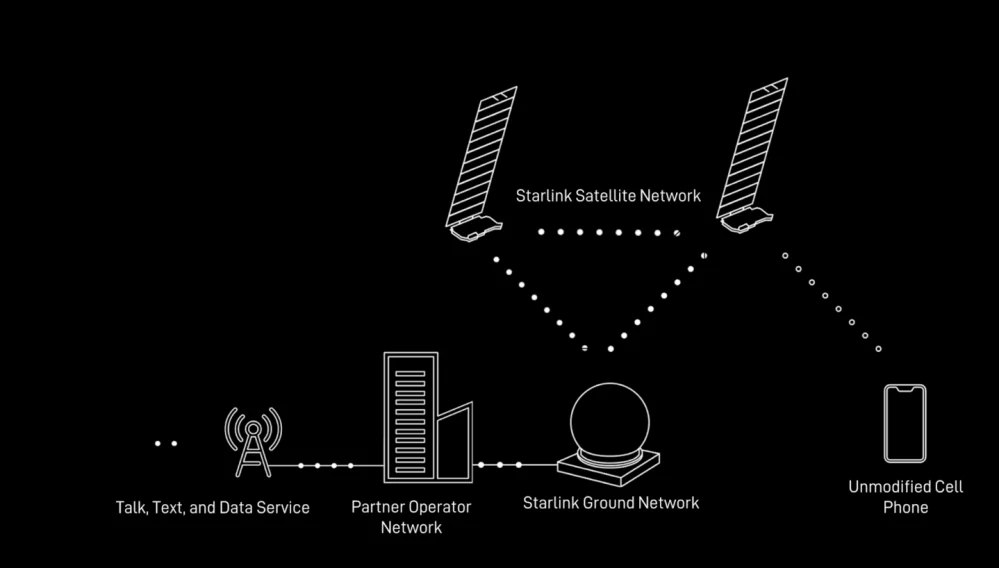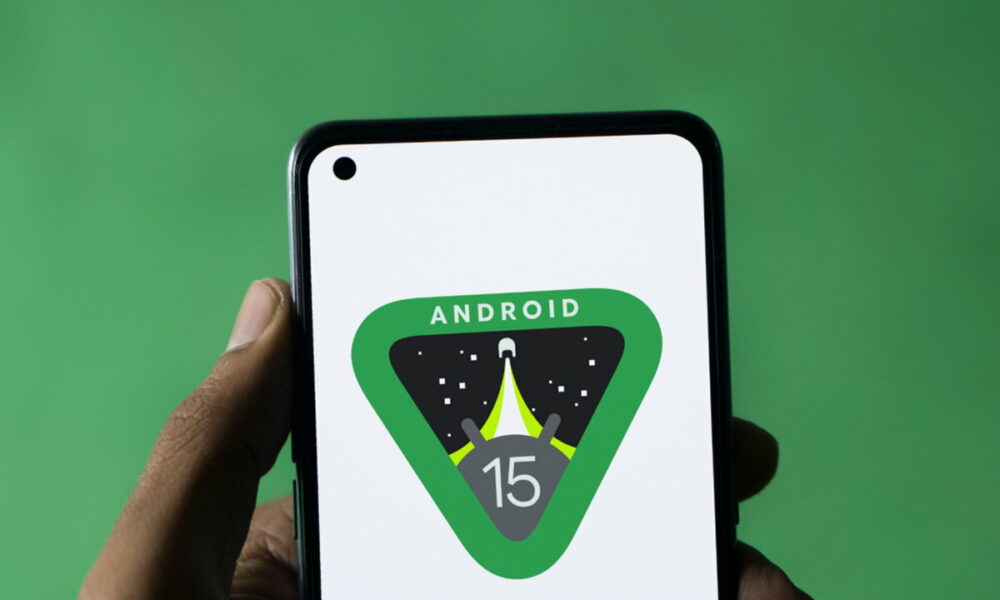Elon Musk’s SpaceX company has begun preparations for global tests of the Starlink satellite cellular communications system. As PCMag source reported, the company has submitted a request to the US Federal Communications Commission (FCC) to test the system in several countries outside the US, including Australia, Canada and Japan.
According to the documents, testing of Starlink’s cellular technology will begin on May 1 outside the United States and continue for 180 days. Within the scope of the tests, SpaceX will provide direct internet connection from satellites to ordinary smartphones with the support of Direct to Cell technology.
In the US, SpaceX plans to provide broadband through AT&T’s network. In other countries, the company enters into cooperation agreements with local telecommunications operators to use licensed radio frequency spectrum to provide Internet access to its customers. It currently has agreements with seven carriers, including Rogers in Canada, Optus in Australia and KDDI in Japan.
In a filing with the FCC, the company said it plans to expand Starlink’s cellular testing to four more markets, including New Zealand, Chile, Peru and Switzerland. But before that, he will need to get permission from “relevant local governments” to conduct testing.
“Testing will continue until SpaceX receives commercial approval from the commission and the relevant local government to provide additional coverage from space.” SpaceX said this in its FCC filing.
Late last month, the company received FCC approval to expand Starlink cellular testing in the US, including California, Washington, Texas and Hawaii. Over the next few months, SpaceX plans to launch up to 840 new Direct to Cell-enabled Starlink satellites.
It is quite possible that the new Starlink service will be available to customers of the T-Mobile operator after FCC approval this year. Initially, the service will only support text message exchanges, with call support perhaps appearing next year.













